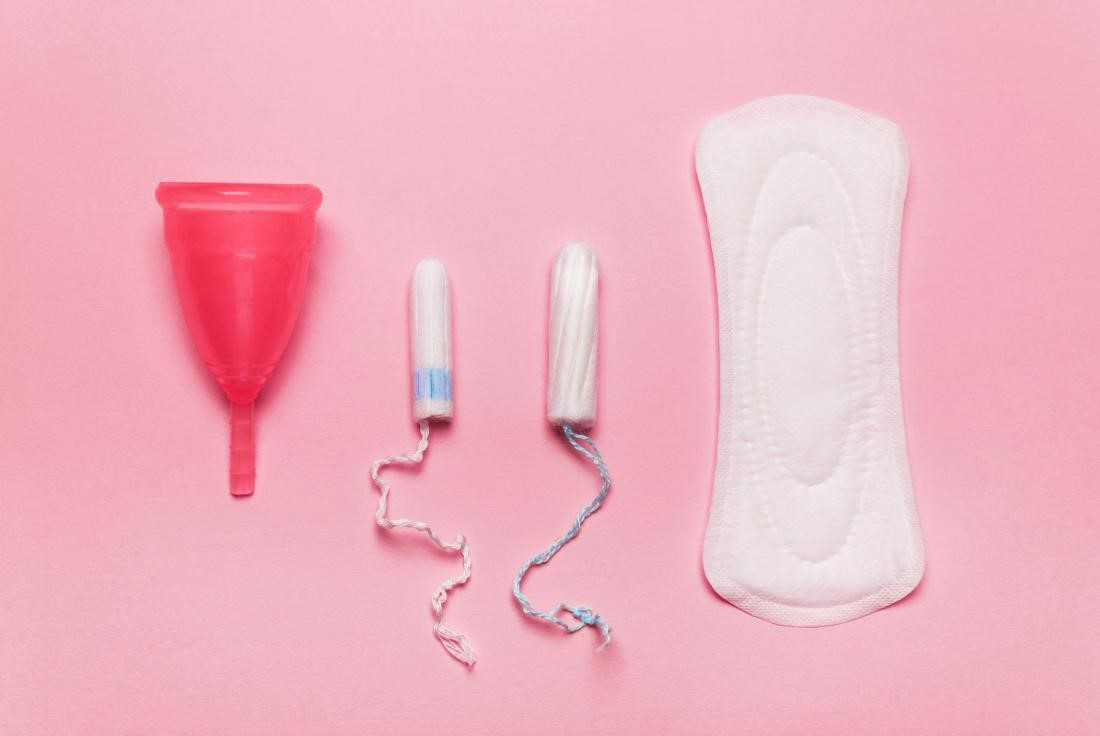 I look forward to menopause. A life without periods is what I dream of. Periods are uncomfortable, expensive and require a great deal of patience to explain how they can sometimes disrupt your daily life. The costs attached to managing a period will vary from woman to woman. Some have long and heavy ones, some experience them multiple times a month due to hormonal imbalances and then of course there are those women who I call God’s Favourites; the ones who experience them for four days or less.
I look forward to menopause. A life without periods is what I dream of. Periods are uncomfortable, expensive and require a great deal of patience to explain how they can sometimes disrupt your daily life. The costs attached to managing a period will vary from woman to woman. Some have long and heavy ones, some experience them multiple times a month due to hormonal imbalances and then of course there are those women who I call God’s Favourites; the ones who experience them for four days or less.
According to a Washington Post article “The Tampon Tax explained” women in California spend $7 a month on feminine hygiene products. According to a survey done by VoucherCodesPro.co.uk British respondents said they spent roughly about £13 per month. These figures don’t include the other associated costs that come with having periods. The painkillers that you will need, the quick change of underwear you had to buy during your lunch break because you moved too much and had an “accident”, or the bars of chocolate that you crave and feel inclined to go through.
Many will dismiss the associated costs as bourgeois behaviour because we have been socialised into automatically dismissing pain experienced by women. Some automatically draw and paint a picture that the period experience for women is the same across the board. It is not.
I have always used pads to manage my period. Period cups didn’t exist when I started. Tampons were discouraged by the elders in my circle who claimed that they were only for married women. Period underwear was nowhere close to becoming relatively mainstream as it is now (in Germany).
However, with tampons becoming a scarce product on supermarket shelves and the cost of living continuing to climb, now may be the best time to re-evaluate our feminine hygiene products of choice.
Menstrual cup
Usually made from medical grade silicone, the prices for these may sting a little in the beginning but they are significantly cheaper than tampons and sanitary pads. On average one may cost around $4,000-$6,000 (Guyana dollars) but once cleaned and stored properly and depending on the quality and brand some cups can last for years.
In comparison to tampons and pads that tend to have harmful chemicals, menstrual cups don’t disrupt your vaginal health. Once inserted correctly, they pop open to create a seal that keeps your flow from escaping. I tend to imagine a bloodbath when I think of menstrual cups, but most of the issues that tend to stem from the cup seem to be related only to finding the correct size. This is also probably the most environmentally friendly choice.
Period panties
These remind me of when my mom used to tell me about when she lived in the countryside. For many women back in the day, periods were managed with excessive cloth wrapped around the underwear to absorb it. Period panties have several built-in layers of fabric specially designed to absorb and lock in moisture. Period panties usually cost around US$17-US$25. These, however, will require more resources to maintain as more water is needed to properly clean them and time to dry them. There is a debate about odour, as the flow isn’t sealed off in the same way as with menstrual cups. There are also questions as to whether they have chemicals in them like pads and tampons that counter odour. Perhaps period panties could be used in conjunction with pads for lighter days.
Menopause may be a long wait for me and for anyone else who dreads having their period as much as I do. These options may be good to experiment with to help lessen the discomfort and cost.





